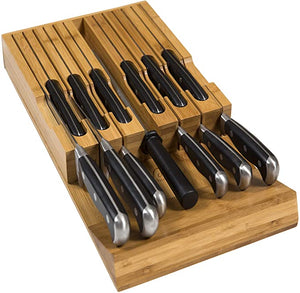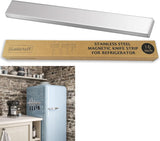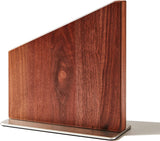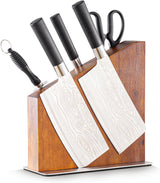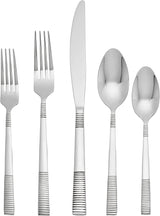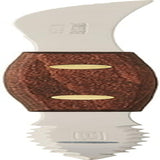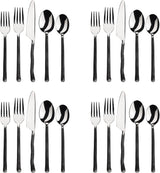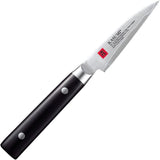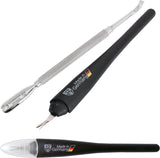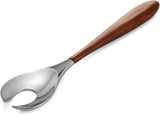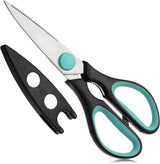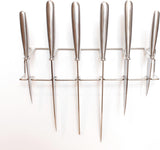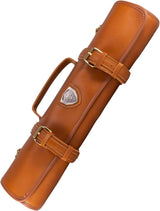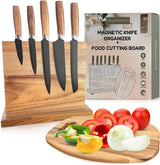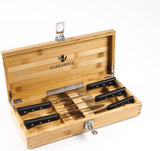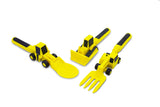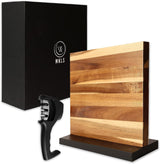As a kitchen professional, ensuring that your tools, particularly utility knives, are in top-notch condition is paramount. Among the various tools in your culinary arsenal, the utility knife often stands out due to its versatility. But as with any frequently used tool, there comes a time when the blade of your utility knife must be replaced.
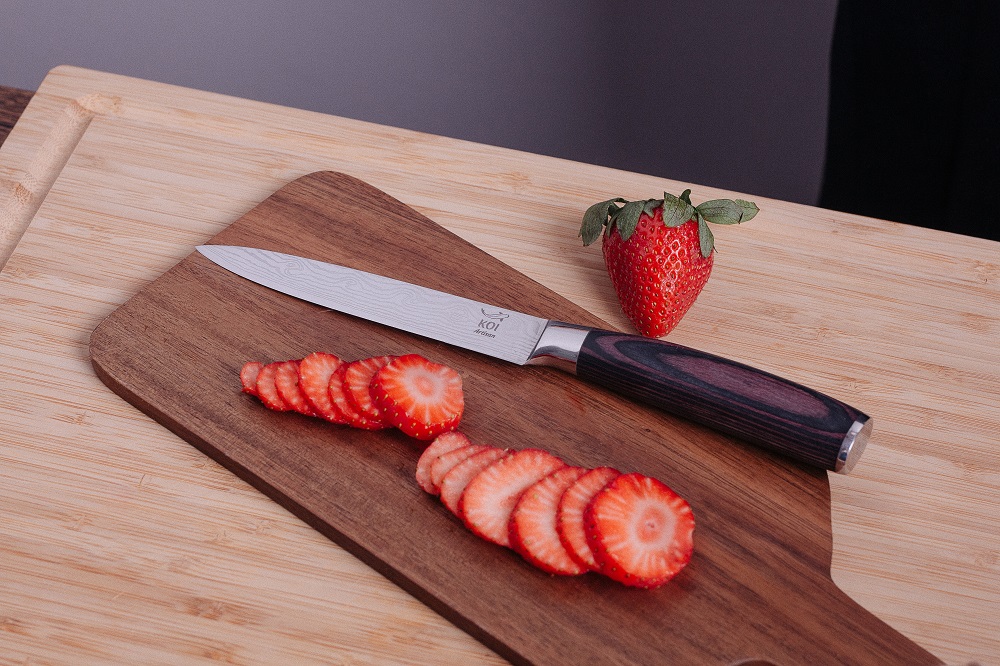
Recognizing the Signs: Why and When to Replace Your Blade
A dull or damaged blade can compromise the quality of cuts, leading to inefficiency and possible harm. Understanding the exact moment when the blade of a utility knife should be replaced is integral to maintaining a safe and productive kitchen environment.
The main signs that indicate it's time to replace the blade include: loss of sharpness, visible rust or corrosion, and physical damage such as chips. A knife that no longer glides smoothly through products is a clear indicator that it's time for a change.
Performance Decline: An Urgent Cue for Replacement
When a blade loses its edge, it requires more force to cut, which can lead to accidents. A professional should always perform a simple test for blade hardness. Ensure you inspect regularly and act when theres a significant drop in cutting performance.
Understanding the Frequency of Replacement
How often you replace the blade depends on usage frequency and the type of materials you cut. For instance, cutting through tough materials like bones will necessitate more frequent replacements. For detailed guidance, consider reading our guide on changing blades.
Keeping Safety at the Forefront
Substandard blades not only reduce cutting effectiveness but increase the risk of injury. Therefore, don't overlook the importance of safe handling. Check out these insights on knife care for maintaining top performance and safety in your kitchen.
Proper Disposal and Replacement Technique
Once you recognize the need to replace a blade, ensure you understand the proper technique for doing so. Using improper techniques can lead to accidents or damage to the knife handle. For specific brands, check out this article to find step-by-step instructions.
The Environmental Angle of Blade Replacement
Blade replacements must be disposed of responsibly to minimize environmental impact. Some blades are recyclable and proper segregation of disposable materials is necessary to prevent environmental harm. Consider consulting local regulations for appropriate disposal methods.
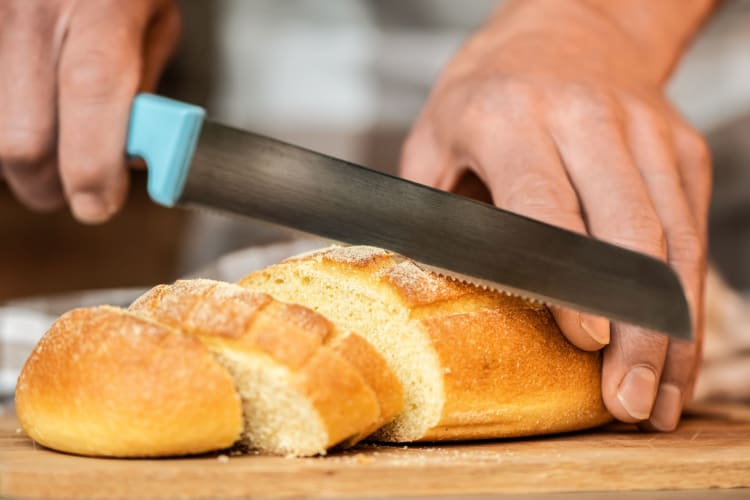
FAQ Section
- Why do blades lose their sharpness? - Regular use over time causes wear and tear, making them dull.
- How should I dispose of old blades? - Utilize blade-safe containers for disposal and check for recycling options.
- Can I sharpen a utility knife blade? - While temporary sharpening is possible, frequent replacement is recommended for optimal safety and performance.
Ensure you maintain your tools well for optimum performance and safety. Keep abreast of proper maintenance techniques for your knives by visiting informative resources like our blog on changing blades and how to properly sharpen dull knives. This vigilance not only ensures a longer lifespan for your tools but also upholds the quality of your culinary expertise.
This article contains affiliate links. We may earn a commission at no extra cost to you.
